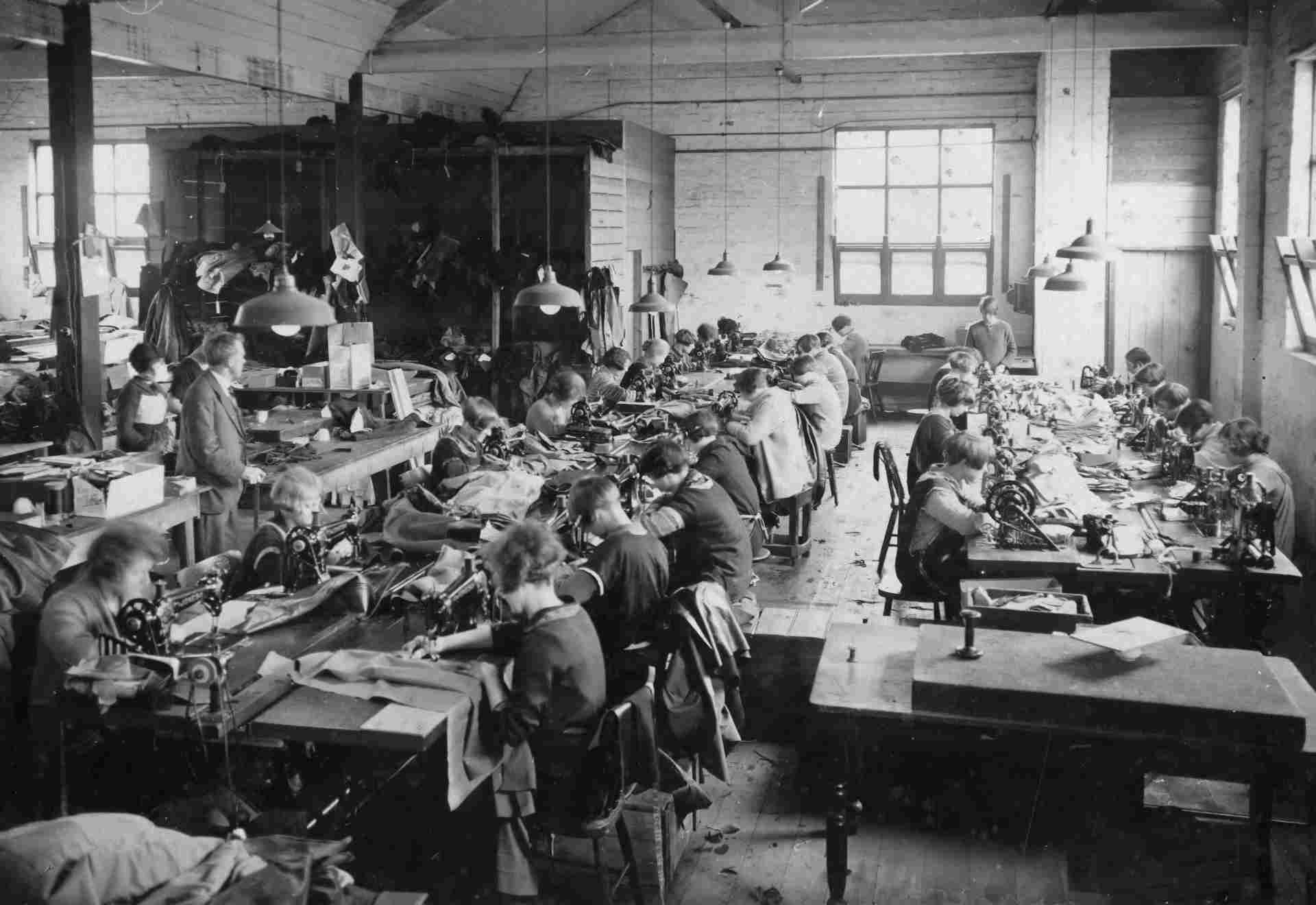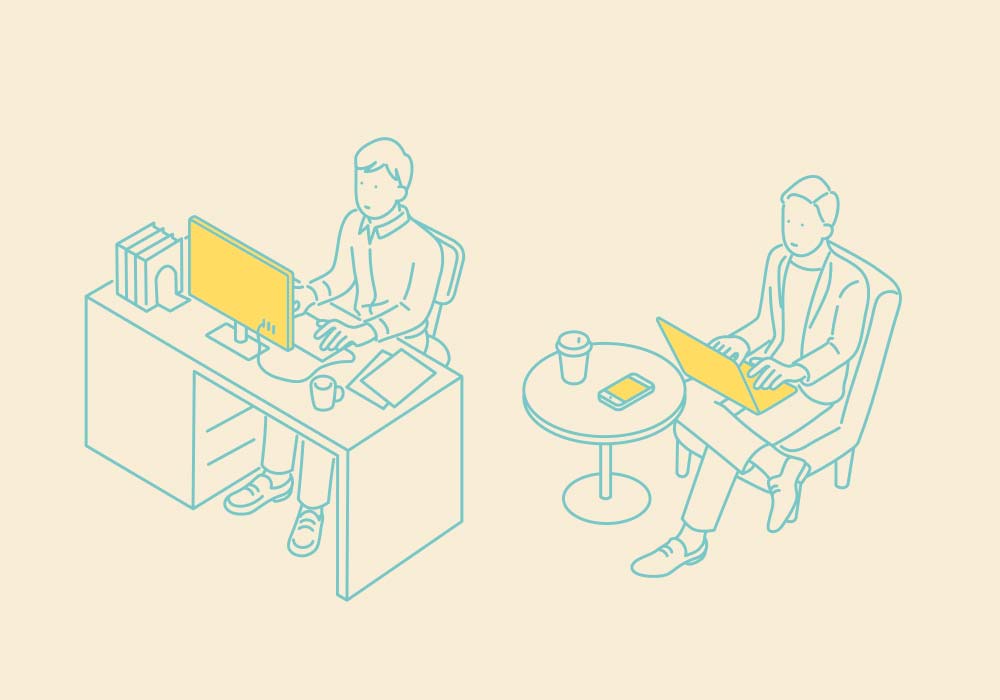Big changes do not just happen. They are usually driven by the need to adapt to unexpected situations. Particularly when that situation comes suddenly, it affects the world as a whole and impacts on people’s health, global economy and safety.
Yes, we’re talking about the COVID-19 pandemic. The coronavirus has arrived to disrupt what we thought was a stable and unchanging life. Now, the idea of the traditional office has become obsolete and people have had to work during this new normality from wherever their companies, their health, their family situation or other personal criteria have allowed them to.
Faced with this new reality, rethinking workspaces and giving them a new dimension has become more important than ever before. At a time when we’ve been forced to distance ourselves, many companies are opting for workspaces that promote socialisation, innovation and balance. How is this possible? Because technology is our main ally and corporate cultures are beginning to realise that work and personal spheres (with their lights and shadows) have increasingly blurred boundaries. In this new scenario, work is no longer a place to go to, but an activity to perform.
What will I read about in this article?
Workspaces as products of their time
Inevitably, workspaces evolve at the pace of the social or economic changes of their time, as we have already seen. Work in the industrial era was clearly separated from the personal lives of the workers. The physical spaces in which work was carried out, such as factories, were far from homes or urban centres, which made perfect sense, especially if the activities involved were dangerous, smelly or noisy.
Gradually, however, the model was reversed. The resources and services that workers needed to live were brought closer to the workplace: restaurants, schools, housing, pharmacies… A system that proposed bringing personal life closer to working life in order to facilitate, at least a priori, the quality of life of workers.
“In this new scenario, work is no longer a place to go to, but an activity to do”
As we said at the beginning of this reflection, the pandemic has created a new scenario whereby for many months work has crept directly into our homes and has forced us to organise our work and private spheres in an integrated way.
You can take the toothpaste out of the toothpaste tube, but you can’t put it back in: the experience of these months has generated such a revolution in work spaces that they’ll never be the same again. During this time, it’s become clear that people’s efficiency is not linked to their physical presence and that teleworking has even become an opportunity to incorporate people into teams based solely on their qualifications, regardless of their home location. However, “New workspaces promote socialisation, innovation, sustainability and therefore productivity”
New workspaces built by and for people
The working model of factories or offices divided into individual cubicles is history. Employees have ceased to be a number and have become what they really are: people. Each with different qualities, interests, needs and personal situations.
As a result, a number of large companies are already providing their workforces with offices with outdoor spaces and shared work desks.
In addition, the
Technology as an indispensable companion
One of the most immediate consequences of the coronavirus crisis and the rise of remote working was the digitalisation of processes. If something was not already online or in the cloud, it soon was. Video calling platforms and ‘calls’ started to become part of sectors where they had not even had a minimal place before. And dozens of digital management and administration platforms quickly became popular to make work and communication easier for the millions of people who, overnight, had stopped meeting in the office or workplace.
Technology has proven to be an indispensable partner when it comes to designing these new workspaces. And it’s not going to stop there. One of the latest innovations is the possibility of holding remote meetings, but simulating being in the same room thanks to augmented reality.
style=”text-align: center;”>“Technology has proven to be an indispensable partner in designing these new workspaces”.
Moreover, thanks to digital innovations, we can work in more flexible and open spaces, as having all our files and documents in the cloud means that we no longer need to be tied to one static place of work.
New workspaces will either be sustainable or they won’t be.
In the new office model, sustainability takes on the prominence that has been demanded for years, and having a positive impact on the planet becomes indispensable in these spaces.
Responsible consumption of resources is fundamental. We’re not only talking about water and energy, but also about a good that, for decades, has been the protagonist of all processes involving a company: paper. Paperless offices appear with a clear intention: to reduce the consumption of this material in order to save space and waste for the planet. In this article we tell you more about this system.
When working remotely wasn’t for everyone
The nature of some activities such as industry, construction, transport, retail or health care may not a priori allow for major changes in the places from which they are carried out. This is true. But looking at the different tasks performed in these sectors and breaking them down offers a more optimistic scenario for this structural change in workplaces. While a site engineer has to be where the construction takes place, many planning, logistical or design tasks are not dependent on the physical location where they take place. Much of the work that is often thought to be immutably dependent on location turns out not to be.
Technologies such as mixed reality to control a desalination plant, or virtual reality to learn risky operations without having to practice them on site are just examples of how more and more sectors will have to reflect on this paradigm shift.
All these changes are just beginning. There’s still a long way to go to achieve a profound transformation that responds to this new world and way of life. Promoting a more diverse offer, inclusive, accessible, sustainable spaces, with the necessary integrated technology and with the incorporation of associated services, will be indispensable conditions for these spaces. Places from which to work, but also from which to promote the sustainable development that the planet and people need.
Sources:
https://workandplace.com/articles/why-the-workplace-industry-needs-to-think-outside-its-ever-shrinking-boxes/

